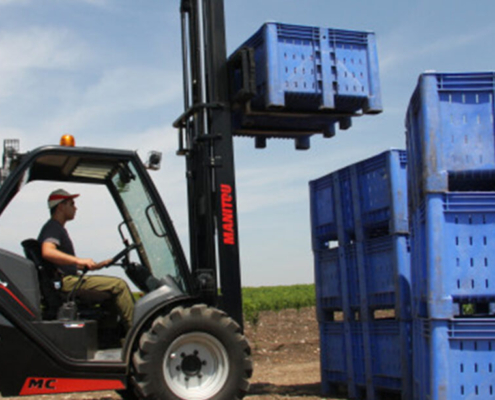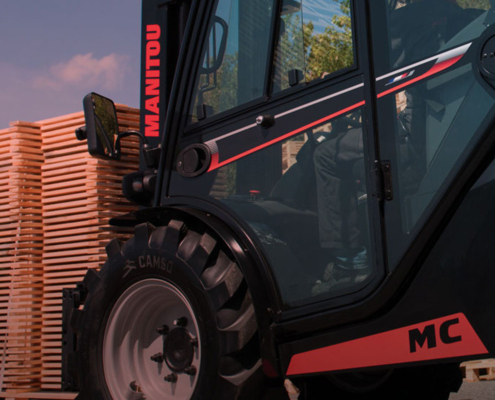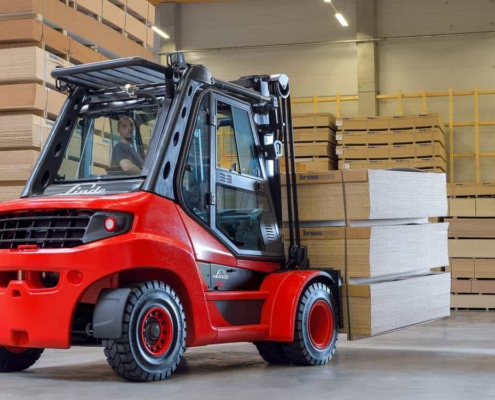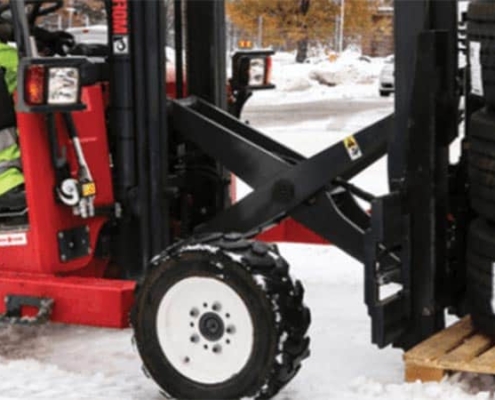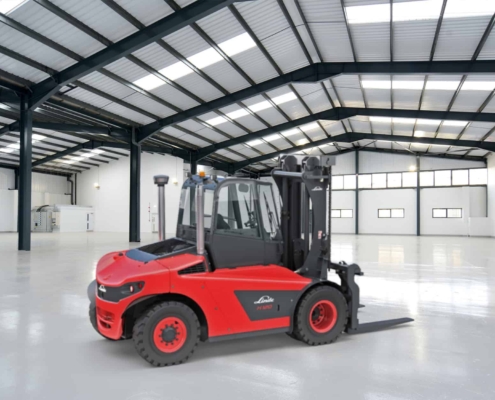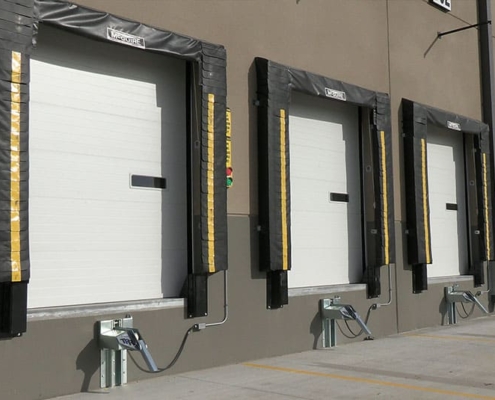Elevated work presents unique challenges, and the right equipment can make all the difference. For projects that require stable vertical access, scissor lifts offer a reliable and efficient solution. Let’s explore common scissor lift uses and how to ensure they’re used safely in various environments.
What Is a Scissor Lift?
A scissor lift is a type of aerial work platform designed to raise workers and materials vertically using crisscrossing support beams that expand and contract. Unlike boom lifts, scissor lifts only move up and down, making them ideal for jobs that require elevation but not outward reach. Scissor lifts are widely used in indoor and outdoor environments and offer a safe alternative to ladders or scaffolding when used correctly.
Manitou lifts offer high-performance scissor lift models equipped with rugged platforms, advanced safety features, and reliable lift mechanisms that support a range of commercial and industrial applications. Whether you’re using Manitou equipment in a warehouse or on a construction site, proper aerial lift safety practices are essential to minimize risk and ensure successful operation.
Identifying The Most Common Scissor Lift Use Cases
Scissor lifts are used across multiple industries where consistent vertical access is a must. Below are some of the most common applications for these lifts, along with safety best practices to follow at each job site.
Indoor Maintenance and Electrical Work
Scissor lifts are frequently used inside commercial buildings for HVAC servicing, electrical wiring, and lighting replacement. Their compact design makes them suitable for narrow aisles or tight corners in offices, schools, or industrial facilities. Always ensure the lift fits through doorways and doesn’t exceed indoor height or weight restrictions. Use non-marking tires and verify that the floor can support the load.
Outdoor Construction and Siding Jobs
Construction sites often use scissor lifts for tasks like siding installation, framing, and masonry on multi-story buildings. Rough-terrain models with reinforced tires and sturdy platforms provide the elevation and stability needed on uneven surfaces. When working on sloped or rugged ground, use an outdoor-rated lift and confirm weather conditions won’t impact stability or visibility.
Warehouse Stock Picking and Inventory Management
In warehousing environments, scissor lifts help workers access high storage racks, perform audits, and install inventory management systems. Their vertical reach allows teams to maintain organization while minimizing physical strain. Train operators to handle materials securely while elevated and ensure the lift is parked on even flooring to prevent tipping.
Event Setup and Lighting Rigging
Event venues and production crews rely on scissor lifts to hang lights, set up sound systems, and adjust overhead signage. These lifts offer the precision and elevation needed to manage detailed setup tasks. Confirm that the lift can handle the combined weight of workers and lighting equipment. Always use guardrails and wear proper PPE.
Cleaning and Painting at Height
For janitorial teams and facility painters, scissor lifts provide safe access to high walls, ceilings, and hard-to-reach areas. They’re especially useful in stadiums, auditoriums, and large office spaces. Always check the reach requirements for each project and avoid overextending the platform or using makeshift tools to gain extra height.



